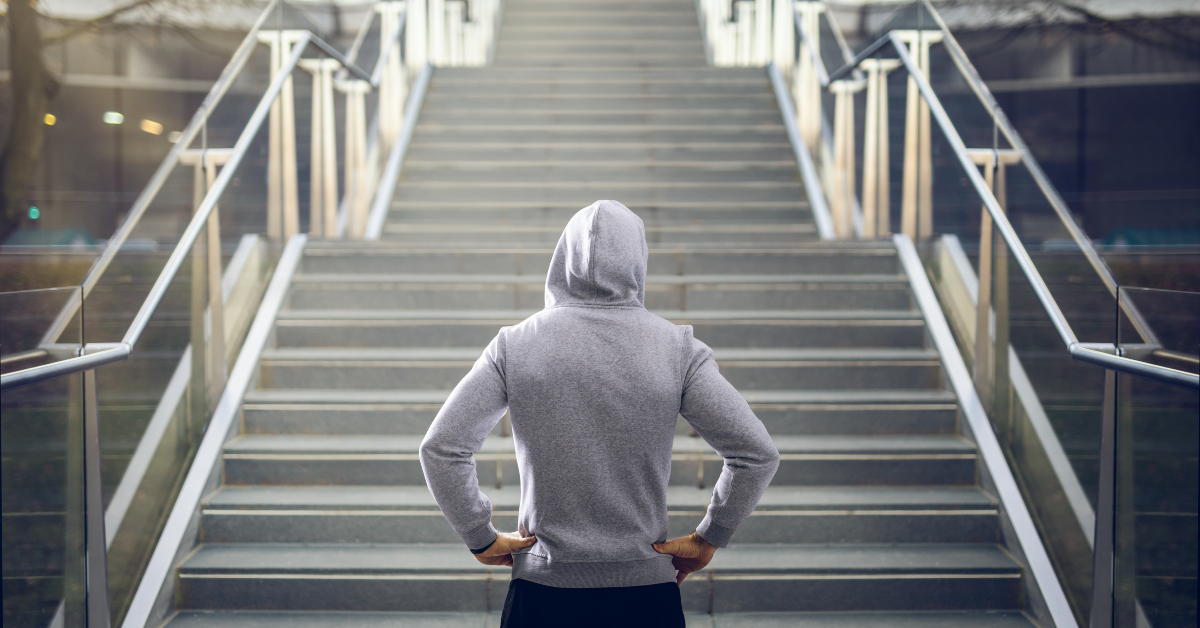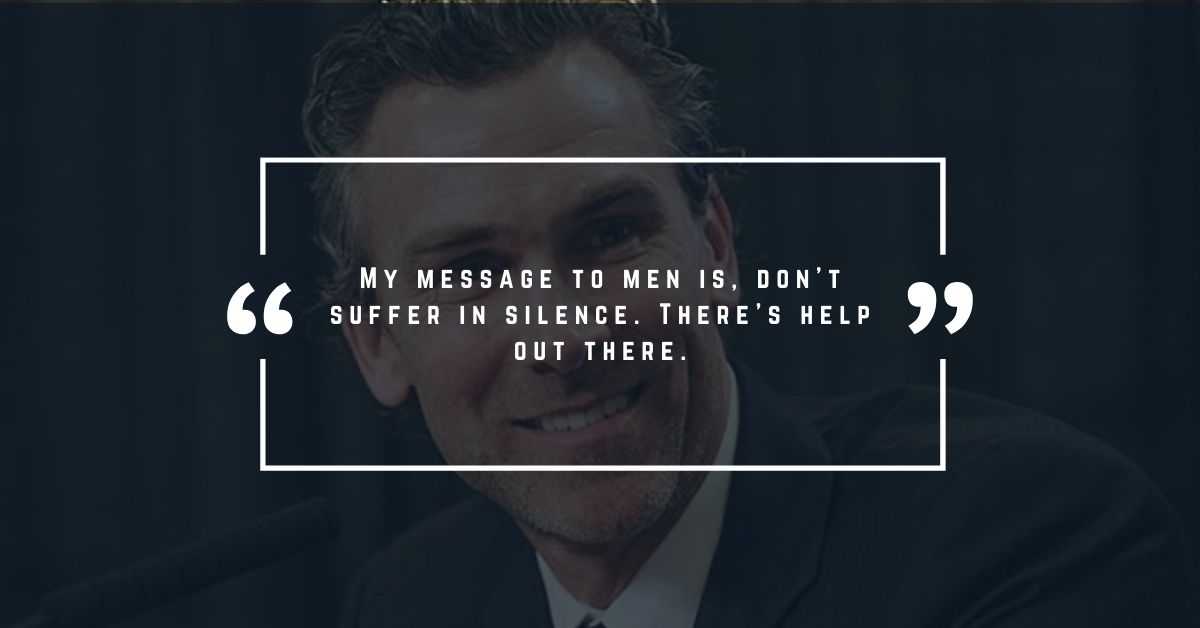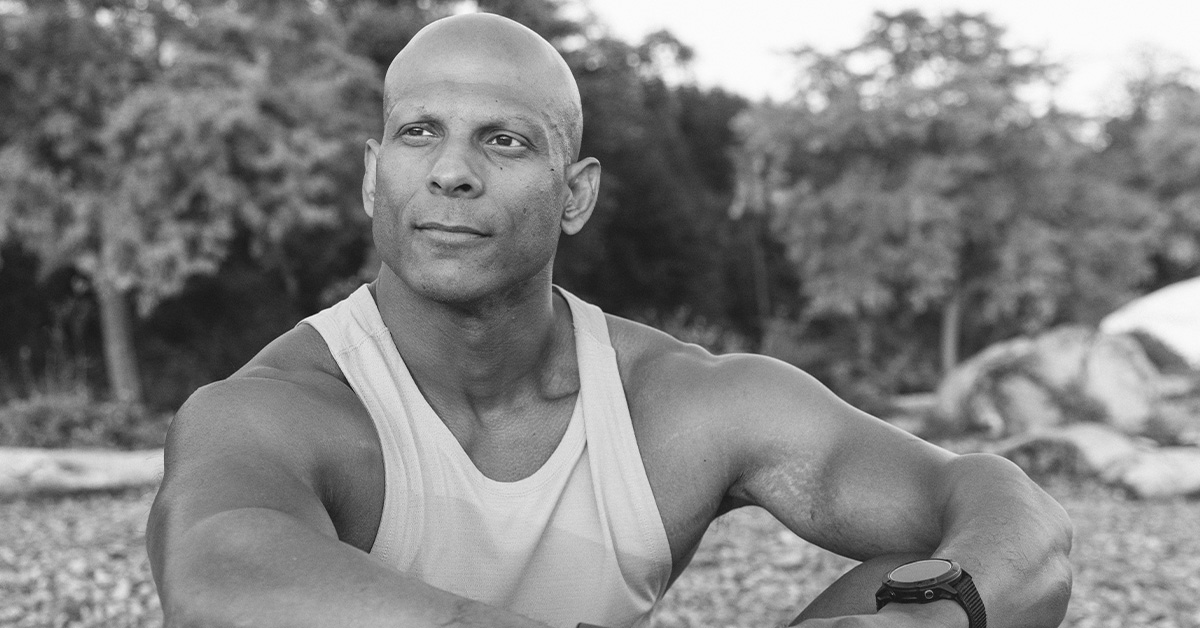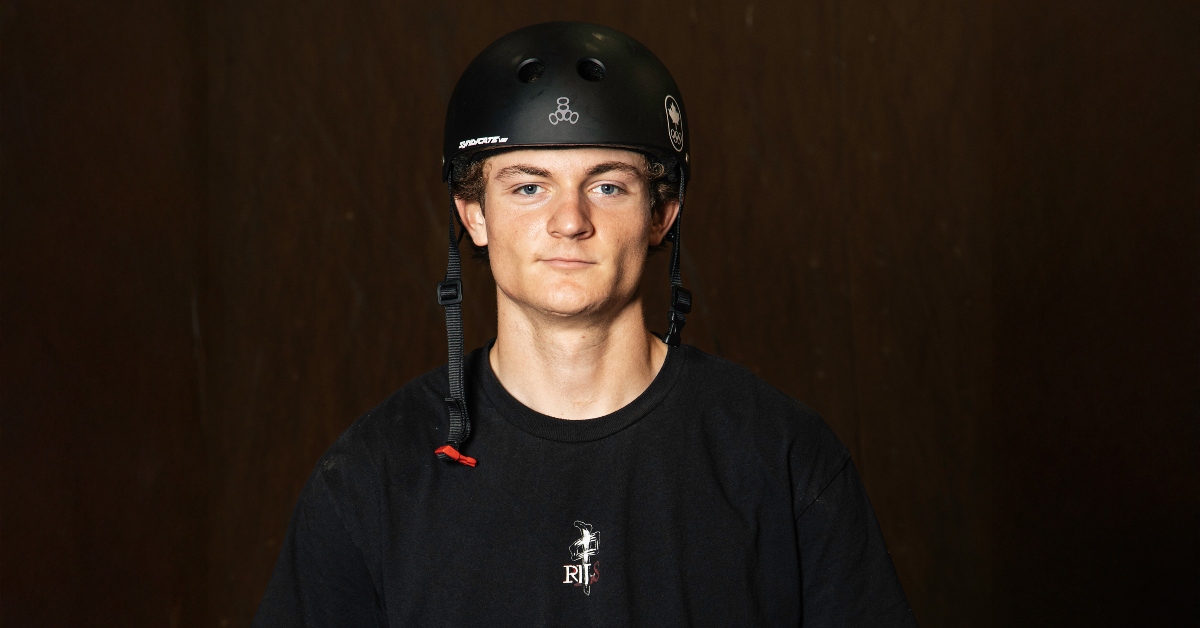The saying “easier said than done” could’ve been written about exercise. We know it’s good for us, but the trick is getting started and staying consistent when motivation dips. The quickest way through that wall? Find a reason that matters to you, then make movement small, simple, and regular.
Here’s how to kickstart your motivation, and why it’s worth it.
Struggling to get moving? Try these motivation hacks
Start small — really small
Starting is the hardest part. Running a marathon, losing 30 pounds or getting six-pack abs are impressive goals, but it can take a lot of work to stay focused on achievements that may be months or even years in the making. So start small.
It’s easy to feel like you’re failing and quit. Instead, set short-term goals you can hit this week: e.g., 3 × 15-minute sessions, four days per week for the second month and five days per week for the third month.
Only have a few minutes? Try our 3-minute Low-Motivation Reset workout
Use the power of routine
Doing anything consistently turns actions into norms in your life. You develop pathways in the brain that reinforce repeating the behaviour, so it becomes an action you do with little effort. Start with something easy, like a 15-minute walk three times a week. And when you get mastery over that routine, challenge yourself a bit more.
Find an activity you enjoy
Gyms are designed and equipped for exercise, so if that motivates you to get active, keep doing what you’re doing. For guys who prefer to exercise elsewhere, there is no shortage of indoor and outdoor activities that combine physical activity with enjoyment.
Off the top of my head, there’s cycling, hiking, pickleball, baseball, or horseshoes. Anything that gets you outside and moving your body will do!
If you’re pressed for time, try a 3-minute workout like this one.
Turn up the tunes
It’s no surprise that listening to music can help you enjoy exercise more. Research shows it can improve your athletic performance and make exercise feel easier to do. Build a go-to playlist for “I don’t feel like it” days.
Be prepared
Fill a backpack with exercise gear and put it beside your front door. Or put your running shoes by the bed and weights around the house where you’ll see them. You’ll never be caught unprepared, and it’ll remind you to get moving. Think of it as a “trigger” for your new healthy habit!
Make it social
Why not trade pub hangouts for evening hikes, bike rides, or runs? According to research from the University of Pennsylvania, sweating it out with a friend can lead to more weight loss than going solo. Not only is it motivating to have a workout buddy, but it also helps to hold you accountable.
Working out with a group of people–even if you don’t know them (yet)–is a great way to get your body moving while expanding your social circle.
Set a schedule and stick to it
Schedule time for getting active in your calendar and treat it as a non-negotiable commitment, much like a medical appointment or meeting with co-workers. If you had planned to exercise outdoors and it gets cancelled due to bad weather, you’ve already set the time aside, so you can easily pivot and do your workout indoors.
Make technology work for you
Use your phone’s step counter or a simple habit tracker. Nudge goals up slowly as streaks build. Here are five fitness apps to try.
Find your reason — it makes moving easier
Figuring out why movement matters to you is what keeps you lacing up your shoes on the days you’d rather not. When motivation dips, having a clear reason can make all the difference. Here are some common motivators — and how exercise helps you get there.
To feel better — mentally and emotionally
As a mental health counsellor, this one is close to my heart. Sweating it out — especially outdoors — can ease stress, calm your mind, and disrupt negative thought patterns. Plus, hitting exercise goals boosts confidence and self-esteem.
To sleep better and wake up feeling refreshed
Regular physical activity improves sleep duration and quality and helps you fall asleep faster (avoid hard workouts right before bed).
To sharpen your focus and perform better at work
Problem-solving, memory, and concentration all improve following physical activity because of a chemical called brain-derived neurotrophic factor (BDNF).
There’s also evidence that parts of the brain grow as people get fitter, which delivers longer-term brain benefits. People who regularly get active have been proven to be more productive at work, think more creatively, and are less likely to make mistakes than those who aren’t active.
To keep up with your kids (and life)
For one thing, exercise improves cardiovascular endurance and stamina. For another, it helps with everything from healing injuries to fighting colds by contributing to a healthy immune system and reducing inflammation.
And, finally, moving your body increases mood and energy-boosting neurotransmitters like dopamine, serotonin and norepinephrine.
To enjoy better sex
Extra energy and looking and feeling good all support bedroom bliss, of course, and exercise has also been shown to boost the body’s production of the hormone testosterone, which fuels the male sex drive.To protect your health and live longer
Exercise reduces the risk and severity of heart disease, some forms of cancer, arthritis, prediabetes and type 2 diabetes, and muscle and bone injuries.
Keep your eyes on the prize
Remember that roadblocks will pop up along the way. The key to overcoming them is to stay motivated by focusing on your “why.” This also means being flexible and resourceful. If you missed a gym workout because you had to pick up the kids, play road hockey with them after dinner instead.
And if all you have the time or energy for is to go outside for a walk around the block, it still counts. Don’t make it hard on yourself. It doesn’t need to be all or nothing when reaping the benefits of moving more.
Dr. Leigh Vanderloo, the Scientific Director of ParticipACTION, offered some valuable advice in a Don’t Change Much podcast, “Something’s better than nothing. More is always better. You have to understand that whatever activity you’re choosing to do has to work for your current life…Try to find ways to overcome those particular challenges and to prioritize moving as something as a ‘need to have’ rather than a ‘nice to have’. ”
What are your biggest barriers to exercise? Let’s start a conversation in the comments below!






Let’s Talk!
Did you enjoy this article? Let us know in the comments.
0 Comments